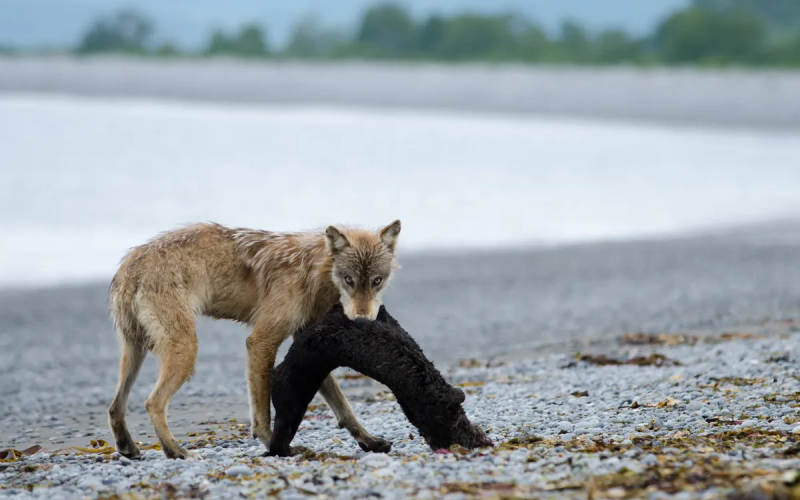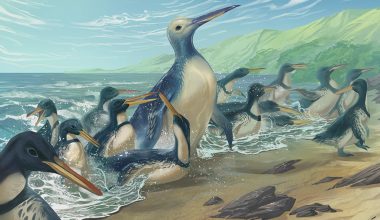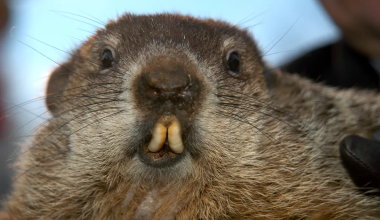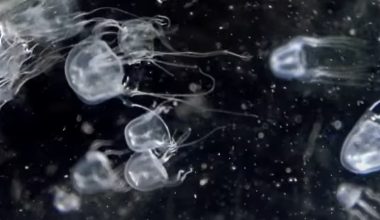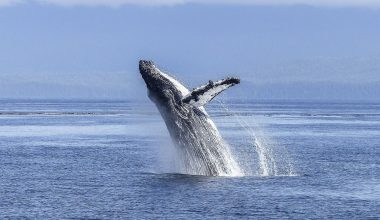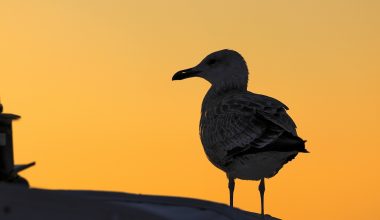Wolves are famously packed animals, living and hunting together in family groups, they are famous for working together to take down prey items like caribou (Rangifer tarandus) and moose (Alces alces). Now, observations of wolves in Katmai National Park have shown they have developed a taste for a new kind of prey: marine mammals.
Scientists have observed gray wolves (Canis lupus) wolves killing and consuming both harbor seals (Phoca vitulina) and sea otters (Enhydra lutris). While their consumption of sea otters was known, there were unanswered questions about the frequency of this behavior and whether the wolves were scavenging sea otter carcasses or actively hunting these animals. The seal observation, however, is new.
In 2016 the team witnessed and filmed a single male wolf hunting a harbor seal. The struggle between the seal and the wolf lasted approximately 30 minutes before the wolf dragged the seal onto a sandbar and consumed the tail.
“It is likely that our footage is the first time a single wolf has been filmed hunting and killing a seal,” Kelsey Griffin, a National Park Service biologist and lead author of a paper describing these events, told IFLScience.
On a further three separate occasions in 2016, 2018, and 2019, observers witnessed wolves carrying sea otter carcasses. In 2021, they saw three wolves hunt and then consume an otter sea otter on an island during low tide. After the wolves left the area, the researchers went to the kill site and observed fresh blood, indicating the sea otter was killed by the wolves rather than scavenged.
“This is really exciting documentation of behaviors we believe have never been directly observed by scientists,” said Ellen Dymit, a doctoral student at Oregon State University, in a statement.
These new observations could shed light on different reasons for changes in the population of both sea otters and other prey species. Wolves on Pleasant Island have been found to switch to eating sea otters when the deer population plummeted. Sea otters themselves have rebounded from low population numbers after the fur trade in the early 1900s.
“I imagine wolves in coastal environments have always hunted marine mammals to some extent. In the case of sea otters, since their populations have only recently recovered there are now more potential opportunities for wolves to hunt them and a greater chance for people to witness the behavior,” Griffin told IFLScience.
Griffin also thinks it could be easier for single wolves to take these marine prey species rather than moose or caribou.
“Hunting marine mammals like sea otters and seals would generally be less risky than hunting moose or caribou. From our research sea otters and seals are on land or in shallow water when they are attacked by wolves. Sea otters and seals are more vulnerable and less mobile in these situations which makes them easier to subdue. Moose and caribou are larger and typically take a coordinated wolf pack effort for a successful kill.”
Wolves are essential for healthy ecosystems not just because of their impact on prey species but also for the knock-on effects of making carcasses that other animals feed on and changing the soil balance, benefitting plant health in those areas. Wolves have already been shown to feed on fish more than anyone realized and hunt beavers when possible. Even well-suited animals can still have a few tricks up their sleeves.
The paper is published in Ecology.
